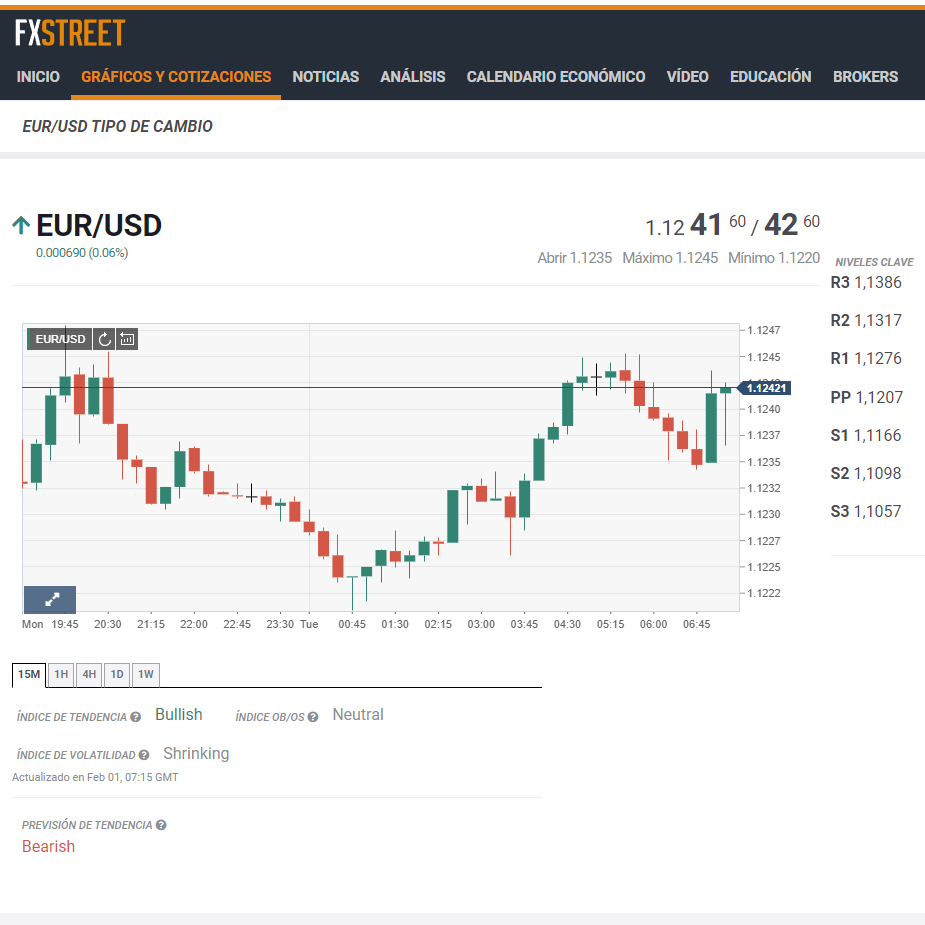The challenge
:
An exchange decides to launch a web trading platform for their forex market (futures, forwards and spot), aimed at both market members and their clients. The objective is to compete with the other platforms on the market on equal terms. This requires that the platform have at least similar functionalities.
Each type of product has to be displayed taking into account its particular characteristics and has to adapt to market standards. In addition, the spot market requires display modes that improve multi-bilateral operations.
Cada tipo de producto tiene que visualizarse teniendo en cuenta sus características particulares y adaptarse a los estándares de mercado. Además, en el caso del mercado spot, se han de incorporar modos de visualización que permitan mejorar la operativa multi-bilateral.
The platform must carry out operations against the matching engine of a multi-bilateral spot market, as well as through RFQ (Request for Quotes) and against the forex derivatives market.
The solution must allow access to other forex liquidity aggregation platforms, so that users can select in which environment they want to trade from the same screen. It also has to present the information of the different markets aggregated or consolidated in the same order book.
In addition, the platform needs to have an algorithmic position management system, consisting of a position netter and a set of selectable and configurable management algorithms.
Finally, the platform is required to have an institutional orientation and to have a public API to enable integration with the systems of market members and with third-party applications.
The solution
Qbitia offered the client its advanced technological consulting service for the definition, design, development and deployment of the platform.
The project started with the analysis and the requirement gathering process through meetings and interviews with the different parties involved.
At first, the Qbitia team carried out a market and competitors study, which helped to segment clients and to subsequently define the negotiable products and the functional definition of the market itself (currency settlement systems, operating flows, etc.).
Next, the project was defined, with the focus on the usability of the interface.
The development and deployment of the platform was divided into the following sections:
- Web interfaces for members and members’ clients to access spot, forwards and forex futures.
- User management web interfaces.
- Interfaces with spot and derivative matching engines for sending and receiving orders, RFQs and data.
- Interfaces with an external spot trading platform.
- Web interfaces for the access of members’ clients.
- Public API to access the platform.
- FIX order entry.
- Common services, continuity, monitoring, logging, etc.
Qbitia developers used JAVA and the market technologies that provided the most value in each case (microservices, container technology, etc.), with a view to their deployment within the market infrastructure.
The design of the platform entailed a series of additional developments that were not part of the initial definition of the project, such as the selection and definition of the systems infrastructure, the implementation of the platform deployments and the configuration of the application firewall, as well as data encryption at rest. Qbitia managed those tasks to guarantee the completion of the project.
Finally, Qbitia provides the system maintenance service and user support, as well as additional developments and integrations with third parties.
The results
After having completed the initial development, the platform can be used by the operators belonging to the market members and by the members’ clients through the internet, with user interfaces available in English and Spanish. The platform has two levels: it has a web interface to manage operations, and it provides management services, such as data distribution, routing, pre-trade control and position management.
The launch of the new forex trading platform allowed the client to reposition their brand in the forex market, in addition to simultaneously developing that market by providing a new and reliable high-quality product backed by a major exchange. The results are shown in figures such as:
- Number of users
- Trading volume
On the other hand, the technology consulting provided by Qbitia brought with it a considerable saving of time in the development and implementation of the project.





